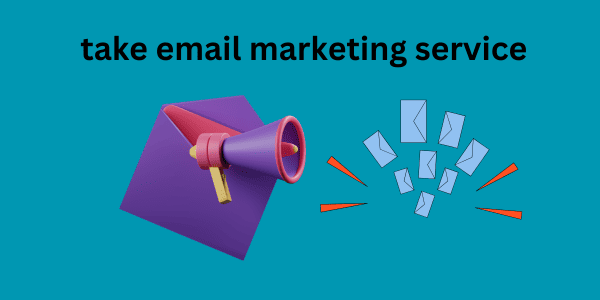Post by abdullah15 on Nov 25, 2024 9:09:42 GMT
then everything is done automatically ! You don't have to invent anything - all clients have this functionality by default. Which services support List-Unsubscribe now? Yandex.Mail Hotmail Gmail Here is a small but useful update on our service. Sincerely, the creative team of DCLite.ru

Myth 1. The optimal width of a newsletter layout should not exceed 600 pixels This rule appeared at a time when it was impossible to check mail on mobile phones, and layout designers adjusted to the display sizes of mail services. And the most popular of them at that time (Outlook, Yahoo and Hotmail) had a viewing screen width in the range of 500-550 pixels. From this it turned out that a width of 600 pixels allows the recipient to see all the elements of the layout without additional horizontal scrolling. Now the percentage of users reading email newsletters on mobile devices has confidently exceeded 60%, and this rule is not decisive for the correct display of the letter.
Such a number of pixels is convenient to set if the layout of take email marketing service the letter is created in professional programs (Sketch, Adobe Photoshop). We won’t hide it – a 600 pixel wide layout really does look nice in many email services, and you can achieve correct display on smartphone screens using adaptive techniques. Read also: Newsletter Design: TOP 5 Trends for 2017 Myth two. It is necessary to use only standard fonts Previously, when laying out a template, it was indeed necessary to use strictly standard fonts. Now you can give yourself free rein and fulfill the wish of every second client to “play with fonts.
” Since each font is an original design, I recommend using the Google Fonts library - there you will find more than eight hundred fonts that will help make your template unique. Leading platforms (Google Android 4.4, Apple Mail for the iPhone, iPad, and Mac, and Outlook 2011 and 2016 on OS X) support custom fonts, so feel free to implement them and target the devices your subscribers use. Myth 3: Using the exclusive transitional DOCTYPE syntax HTML template layout involves the use of strict and non-strict syntaxes that ensure the correct display of the overall layout structure.

Myth 1. The optimal width of a newsletter layout should not exceed 600 pixels This rule appeared at a time when it was impossible to check mail on mobile phones, and layout designers adjusted to the display sizes of mail services. And the most popular of them at that time (Outlook, Yahoo and Hotmail) had a viewing screen width in the range of 500-550 pixels. From this it turned out that a width of 600 pixels allows the recipient to see all the elements of the layout without additional horizontal scrolling. Now the percentage of users reading email newsletters on mobile devices has confidently exceeded 60%, and this rule is not decisive for the correct display of the letter.
Such a number of pixels is convenient to set if the layout of take email marketing service the letter is created in professional programs (Sketch, Adobe Photoshop). We won’t hide it – a 600 pixel wide layout really does look nice in many email services, and you can achieve correct display on smartphone screens using adaptive techniques. Read also: Newsletter Design: TOP 5 Trends for 2017 Myth two. It is necessary to use only standard fonts Previously, when laying out a template, it was indeed necessary to use strictly standard fonts. Now you can give yourself free rein and fulfill the wish of every second client to “play with fonts.
” Since each font is an original design, I recommend using the Google Fonts library - there you will find more than eight hundred fonts that will help make your template unique. Leading platforms (Google Android 4.4, Apple Mail for the iPhone, iPad, and Mac, and Outlook 2011 and 2016 on OS X) support custom fonts, so feel free to implement them and target the devices your subscribers use. Myth 3: Using the exclusive transitional DOCTYPE syntax HTML template layout involves the use of strict and non-strict syntaxes that ensure the correct display of the overall layout structure.
